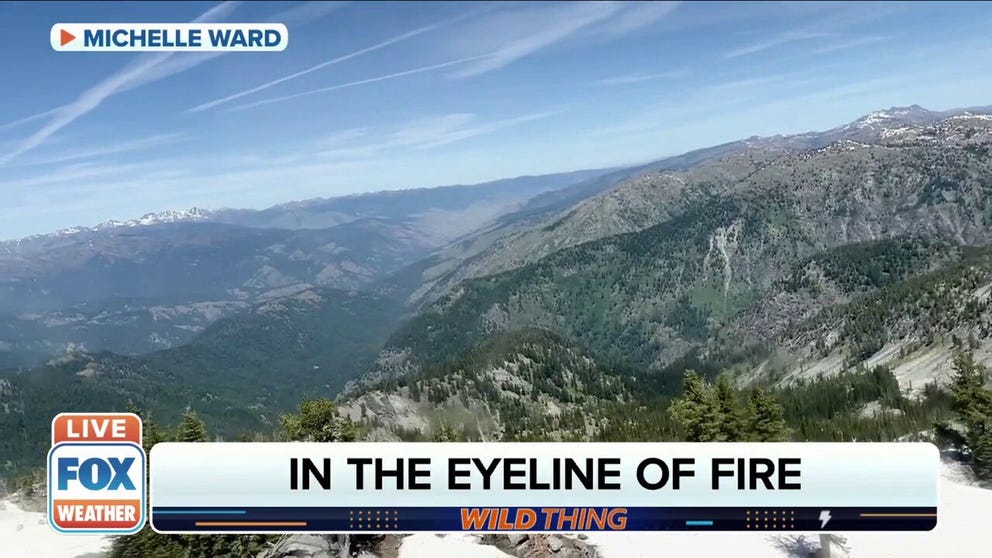See what it’s like to have the most important eyes in the forest
Each year around 63,000 fires burn an average of 7.5 million acres.
The daily life of a fire weather watcher
Forestry technician Michelle Ward shares with
Standing watch above the mountainous terrain in the Pacific Northwest, forestry technician Michelle Ward spends months at a time isolated from civilization, keeping an eye out for the first signs of a wildfire.
"For three and a half months a year, I live and work in the same tower and look out for fire and smoke," Ward told FOX Weather’s Nick Kosir.
In the day of satellites and other high-tech fire detection methods, the Forest Service and other organizations rely on what is known as fire lookouts to monitor the vast, rural lands in the West for the signs of wildfires.
HOW A CUB RESCUED FROM A NEW MEXICO FOREST FIRST BECAME THE ICONIC SMOKEY THE BEAR
"We know if there is high fire danger through a report every morning on the radio. And then anytime weather comes through, we are really looking out for lightning and recording down strikes," Ward told FOX Weather’s Marissa Torres.
Ward said some lightning strikes can smolder upwards of ten days, so her and her colleagues always keep track of the strikes in case smoke rises.
With binoculars, she constantly scans the skies both day and night, looking for the first signs of a wildfire.
"We use a really old tool called an Osborne Fire Finder. It’s basically a map on a rotating disk, and we spot the fire in the crosshair and take down the degree," Ward said.
Once smoke is spotted, lookouts will try to triangulate the location of the fire and relay the information to dispatch.
10-YEAR PLAN AIMS TO REDUCE US WILDFIRE RISKS BY INCREASING PRESCRIBED BURNS, THINNING
Ward admits that during low fire activity, the job can be quiet, but she says she keeps busy with hikes, yoga, and taking care of her pets.
Each year, nearly 63,000 wildfires burn more than 7 million acres, most of which are located in the West.
A recent congressional report stated around 88 percent of these wildfires were human-caused.
